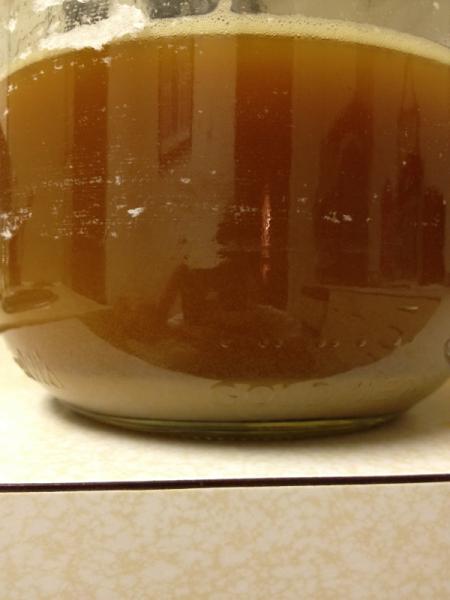Jaehnig
Well-Known Member
- Joined
- May 23, 2012
- Messages
- 225
- Reaction score
- 8
Looking around to get some terminology and a detailed description of the process of creating a yeast starter.
The proper way to do it? How long until the yeast is at its peak of being "started?"
Any and all info is appreciated. I am really looking to expand my knowledge on all things brewing.
V/R,
BrewTech
The proper way to do it? How long until the yeast is at its peak of being "started?"
Any and all info is appreciated. I am really looking to expand my knowledge on all things brewing.
V/R,
BrewTech




